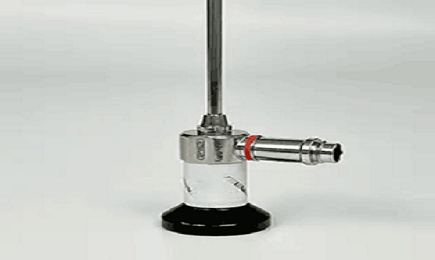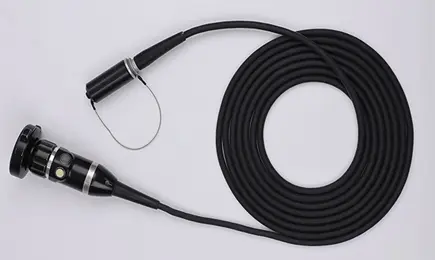Tel: +86-19906868508
E-mail: info@sihanmed.com
Tel: +86-19906868508
E-mail: info@sihanmed.com
With the expansion in the use of rigid endoscopes, physicians from various departments are using rigid endoscopes more frequently. Rigid endoscopes are relatively delicate medical devices, but with proper use and maintenance, damage can be avoided. The following are maintenance and precautions for rigid endoscope repair.
After using the rigid endoscope, it should be rinsed clean and allowed to air dry. If there are stains on the lens, gently wipe it with lens paper, cotton swabs, or fine gauze to ensure the image quality of the rigid endoscope.
Rigid endoscopes should be stored by dedicated personnel in a dedicated cabinet, placed in a special packaging box lined with soft sponges or polyurethane foam to prevent damage caused by collisions.
All rigid endoscopes and surgical instruments should be neatly arranged and not stacked or overlapped. Ensure that the box cover is closed properly so that the endoscopes and instruments inside do not collide during transport.
When removing or placing the rigid endoscope, it should be held flat with both hands and handled gently. Because the endoscope tube is very thin, squeezing, bumping, bending, or dropping it might cause the lens to break or the optical axis to shift, affecting its use.
When moving the rigid endoscope, keep it separate from other instruments to avoid excessive jostling, which could cause collision damage.
The packaging box should contain desiccants to maintain a dry environment and prevent the endoscope from becoming damp.
Some rigid endoscopes are not resistant to high temperature and high pressure, as the epoxy resin used for sealing the lens may detach under high temperature and pressure, causing water to enter the tube. Therefore, these types of endoscopes should not be sterilized using boiling or high-pressure steam methods.
When using other instruments, especially forceps or scissors with high biting force, ensure that the front end of the endoscope tube does not extend into the biting area of the instrument to avoid accidental damage to the tube.
Some surgical endoscopes are used within a sheath. When replacing another angled endoscope or inserting/removing instruments, be gentle and not too forceful. Especially during the inserting/removing process, if resistance is encountered, carefully check for the reason and, if necessary, remove the entire sheath together to avoid using brute force.
When using the rigid endoscope with laser vaporization, high-frequency electrocision, microwaves, or other photoelectric technologies during surgery, ensure there is a safe distance between the end of the endoscope and the treatment point to prevent electric shock or burns.
When cutting diseased tissue, such as in ENT, orthopedic clinical surgery, control the rotating part of the knife head within the observation range of the endoscope to ensure surgical safety.
If the endoscope displays blurry images or unclear vision, contact the manufacturer or maintenance agency promptly and do not continue to use it blindly, to avoid surgical accidents.
With proper rigid endoscope repair and maintenance, medical staff can extend its service life, ensuring the safety of patients and the success of surgeries.
This is the last one.

